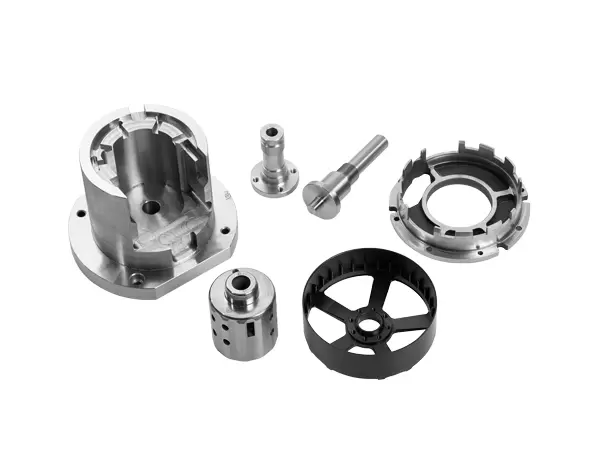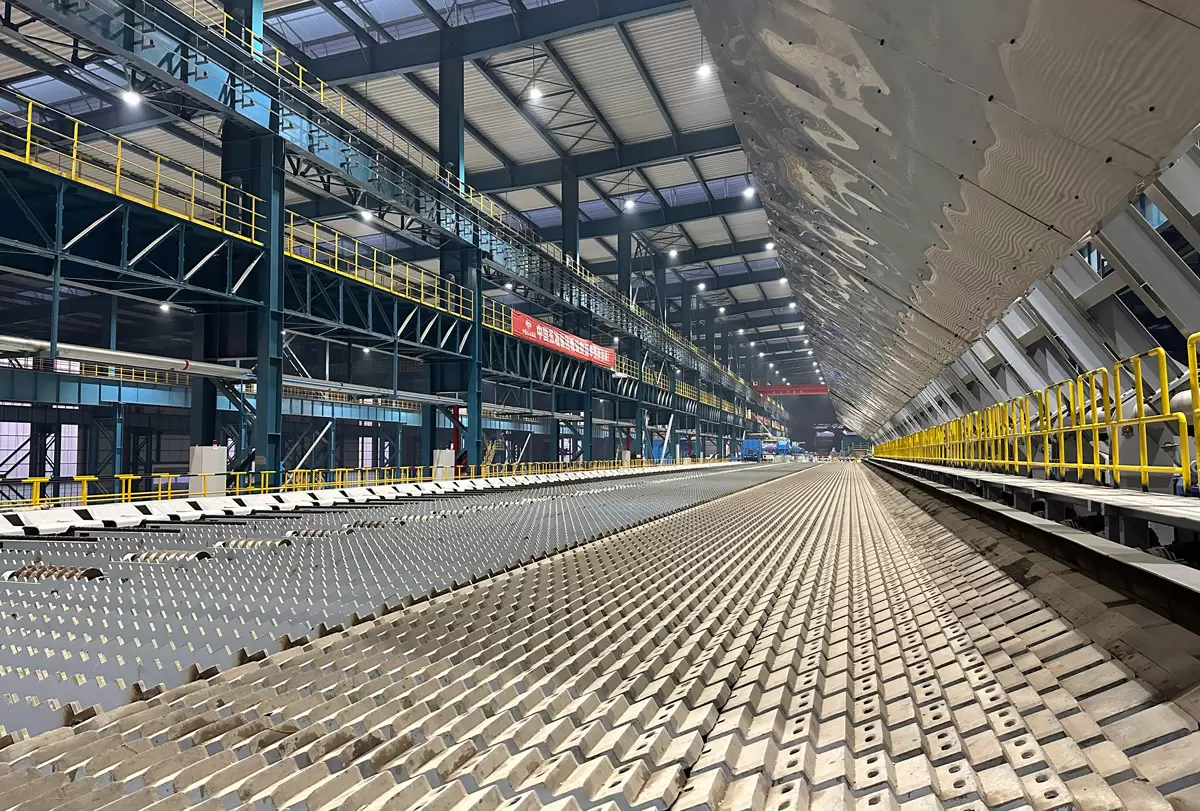Did you know that approximately 12% of global waste is still openly burned, contributing to air pollution and health hazards? Enter the rotary kiln incinerator – a game-changer in waste management. This innovative technology offers a sustainable solution to dispose of various types of waste, from medical to hazardous materials.
With its high-temperature process and efficient conversion of solid waste into ash, gases, and heat, the rotary kiln incinerator not only minimizes environmental impact but also maximizes energy recovery.
Overview of Rotary Kiln Incinerator Technology
Efficient Waste Disposal
Rotary kiln incinerators, such as the rotary kiln incinerator, are crucial for disposing of both hazardous and non-hazardous waste materials. These incinerators operate at extremely high temperatures, typically ranging from 800 to 1200 degrees Celsius. This ensures that the waste is efficiently combusted, leaving minimal residue behind. The high temperatures also aid in destroying harmful substances present in the waste.
The design of a rotary kiln incinerator allows for continuous feeding of waste materials into the rotating cylinder. As the waste moves through this cylinder, it undergoes complete combustion due to exposure to high temperatures for an extended period. This process results in thorough destruction of organic compounds and other hazardous elements within the waste material. As a result, there's a significant reduction in environmental impact compared to traditional disposal methods.
Versatile Application
One key advantage of rotary kiln incinerators is their versatility in handling various types of waste materials. Whether it's medical or industrial waste, these incinerators can effectively dispose of different kinds of substances while maintaining efficient combustion processes consistently.
Moreover, these incinerators offer flexibility. They can be designed and customized according to specific requirements based on the volume and type of waste being processed. This adaptability makes them suitable for different industries and facilities with varying needs for proper disposal methods.
Environmental Impact
The use of rotary kiln incinerators significantly reduces environmental impact by ensuring complete combustion during the disposal process. With efficient burning at high temperatures, these systems minimize air pollution by reducing harmful emissions released into the atmosphere during traditional disposal methods like open burning or landfilling.
Their ability to handle hazardous wastes without leaving behind harmful residues further contributes to environmental protection efforts by preventing soil contamination and groundwater pollution that could occur with improper disposal practices.
Working Process of Hazardous Waste Incineration
Thermal Decomposition
Hazardous waste is fed into the rotary kiln incinerator through a feed chute, where it comes into contact with high temperatures. This exposure causes the waste to undergo thermal decomposition. During this process, organic compounds within the hazardous waste are converted into gases, while inorganic compounds are transformed into ash. For example, when plastics and rubber materials are subjected to high temperatures, they break down into simpler molecules like carbon dioxide and water vapor.
The heat applied during waste incineration triggers a chemical reaction that breaks down complex substances present in the hazardous waste. This ensures that harmful elements do not remain intact after the incineration process is complete.
Combustion Air Supply
To support the burning process and ensure complete destruction of hazardous substances, combustion air is supplied to the kiln. The introduction of combustion air facilitates an efficient combustion reaction within the rotary kiln incinerator. By providing oxygen for the burning process, any unreacted or partially reacted materials can be further broken down until they reach their elemental state.
The supply of combustion air also contributes to maintaining high temperatures within the incinerator unit. This sustained heat is crucial for ensuring thorough and effective disposal of hazardous wastes by promoting mass burning rather than incomplete combustion.
Ms Grace
hrincinerator@163.com




